Using Sketchnotes in the Classroom
How and why to use sketchnotes in the classroom. No real artistic skills needed.
My students don’t like to take notes. Or it’s not part of how they do school. No matter how much I tell them the value of writing things down that are part of our discussion in class, they don’t seem inclined to do it.
Fortunately there’s a great way I’ve found to add comprehension AND fun to taking notes. And it helps kids lock the information in their brain through some right-brained activity. Studies have shown that engaging the visual part of the brain as well as the textual part adds in retention of information. Plus, it’s fun.
So what are they?
A sketchnote is a visual representation of a concept, a chapter, a poem … anything, really. However, it harnesses the power of symbols and spatial organization to make a diagram. It’s a split between traditional notes and drawing.
Here’s are some examples from various places on the web:
As you can see, while there Is drawing involved, it is much more based on the organization and selection of ideas rather than being a great artist.
So how to start? Once you’ve decided what you would like them to sketch, here’s the process.
Here’s the first five things students should do before they put anything down on paper:
Pick a Pattern.
The first thing students need to do is choose an organizational pattern for their sketchnote. If they don’t, they’ll just draw a bunch of things randomly on their paper. They need to think about the ideas that they are presenting and what pattern best suits that. I always have students justify their organization pattern to me and why it works best for what they want to do.
I’m not a big fan for linear patterns because what students tend to do is create a comic or an illustrated version of the text, which isn’t what sketchnotes is all about. I steer students toward either the web or the columns by asking them to sketchnote how a particular main idea or theme is present in the text. Then they might use the web, put the theme in the middle, and show several instances of how that theme was explored around the periphery. Or perhaps they use the columns by placing the theme at the top, choosing two or more characters from the text, and using the columns to fill in how those characters dealt with that theme through conflict. Of course you can use any organization method and do something cool with it, and if they want to do something more sequential I don’t mind as long as they aren’t just retelling the story.
It also bears mentioning that the visuals provided are just guidelines. You don’t need to do a web as a bunch of circles or use rectangles for columns or have a specific number of ideas to work from that you can’t exceed. These are not set in stone.
Choose some frames
Next to the pattern of the sketchnote, frames are the most important organizational feature. They keep text organized and are used to create banners for important ideas. Some lend themselves to specific uses – for instance, a speech bubble could be used for important quotes. But, really any of them will do.
Frames – which serve as containers and keep ideas separate while providing structure – keep the sketchnote from being too messy.
You can find several other examples of interesting frames with a quick online search, especially some that might be particularly well-suited for the novel or play you’re reading in class. I also encourage students to think of frames that might come naturally from the novel – a handkerchief for Othello, for instance.
Select Connectors and Separators
Connectors guide the viewer through the sketchnote and can indicate relationships, such as cause and effect and the passage of time. Simple arrows will do the trick, and most of the choices will be aesthetic because connectors are functional and aren’t responsible for communicating meaning. However, they do provide a place for students to do something fun and artistic.
While connectors link ideas, separators keep everything tidy. They don’t need to be fancy to do the trick. All they need to do is keep related ideas separated from other ideas. Generally I find that students will add these last to add clarity.
Pick some bullets
Sketchnotes need text. A sketchnote with only visuals is just a bunch of pictures. The text is where the true meaning is. And bullets organize text.
Paragraphs will overwhelm the pictures. And students need to remember these are notes, not a paper. That’s where the bullets come in. Just like in a PowerPoint presentation, bullets effectively present main ideas efficiently.
While it’s not that important to linger over which bullets you choose, I like to include this step to emphasize that text is required and paragraphs should be avoided.
Decide on fonts
While fonts are fun, they serve a purpose. Students can choose one font for headings, another font for important information, and another one for quotes. Three seems to be a good number to shoot for – anything else can become difficult for someone looking at it to process.
Fonts are also a good way to introduce hierarchy by making more important words or phrases larger than others. When writing a paper we can underline, italicize, and boldface certain words for emphasis. While you can certainly do those things with handwritten fonts as well, sketchnotes also allows for the opportunity to add emphasis through size.
Don’t forget to set a time limit. Sketchnotes can become projects very quickly is you aren’t limiting the time students spend on them. Perhaps that’s not too bad if you want to use it as a summative, but you can quickly find yourself doing more drawing than reading if you aren’t careful.
I’ll be using sketchnotes soon before students read the book Brotherless Night by V. V. Ganeshananthan. Since the book takes place during the Sri Lankan Civil War, students need some background information on what happened (file this under things you don’t learn about in history class). So here’s the assignment:
Students will read and analyze the article "Sri Lankan Civil War" from the Harvard International Review and create a sketchnote to summarize key points, deepen comprehension, and visually organize information.
Here’s how the assignment will go:
Day 1: Introducing Sketchnotes and Reading the Article
Introduction to Sketchnotes (10 minutes):
Explain sketchnoting as a visual note-taking method combining text, illustrations, and symbols to process and summarize information.
Show examples of sketchnotes (related to history or other subjects) and point out key features:
Titles/headings
Key ideas in bold
Symbols or icons (e.g., arrows for connections, light bulbs for ideas)
Diagrams or timelines
Simple drawings to illustrate concepts
Reading the Article (20 minutes):
Have students read the Harvard International Review article in class individually or in pairs.
As they read, encourage them to underline key terms, events, and concepts that stand out.
Initial Brainstorm (10 minutes):
Ask students to jot down 5-7 key points from the article that they feel are critical to understanding the Sri Lankan Civil War.
Discuss as a class and compile a list of themes or topics (e.g., causes of the conflict, key players, major events, aftermath, and legacy).
Day 2: Creating Sketchnotes
Planning Sketchnotes (10 minutes):
Hand out a sketchnote planning sheet (or have students divide their blank paper into sections for themes). Suggested sections:
Title
Timeline of key events
Key players (e.g., Tamil Tigers, Sri Lankan government)
Causes of the conflict
Impacts of the war on civilians
Aftermath and reconciliation efforts
Sketchnote Creation (25 minutes):
Allow students to create their sketchnotes using the planning sheet and their marked-up article.
Encourage creativity but emphasize clarity—key points should be easy to understand at a glance.
Not everyone likes sketchnotes. The less artistically inclined would rather take traditional notes (I maintain that the just need more experiences before they are won over.) However, most students found them an effective, absorbing way to process text. Plus, they were great to review for their final paper.
Hey! If you like my work, please check out my two graphic novels, Pizza, Pickles and Apple Pie: The Stories Behind the Foods We Love and Checkups, Shots, and Robots: True Stories About How Doctors Treat Us. They are fun, fact packed books that kids love.
Also, please check out my TpT store for more comics related educational resources.


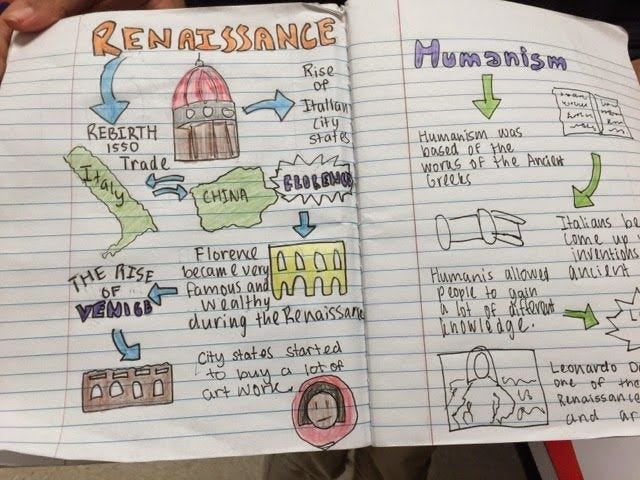
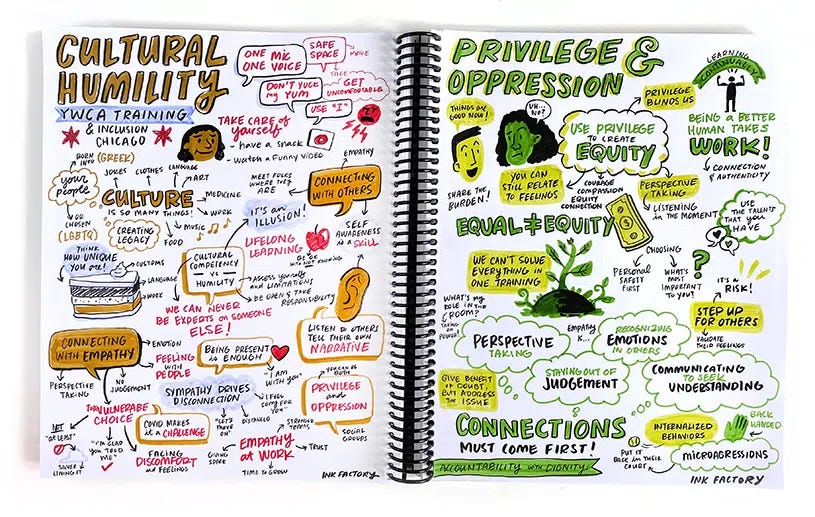
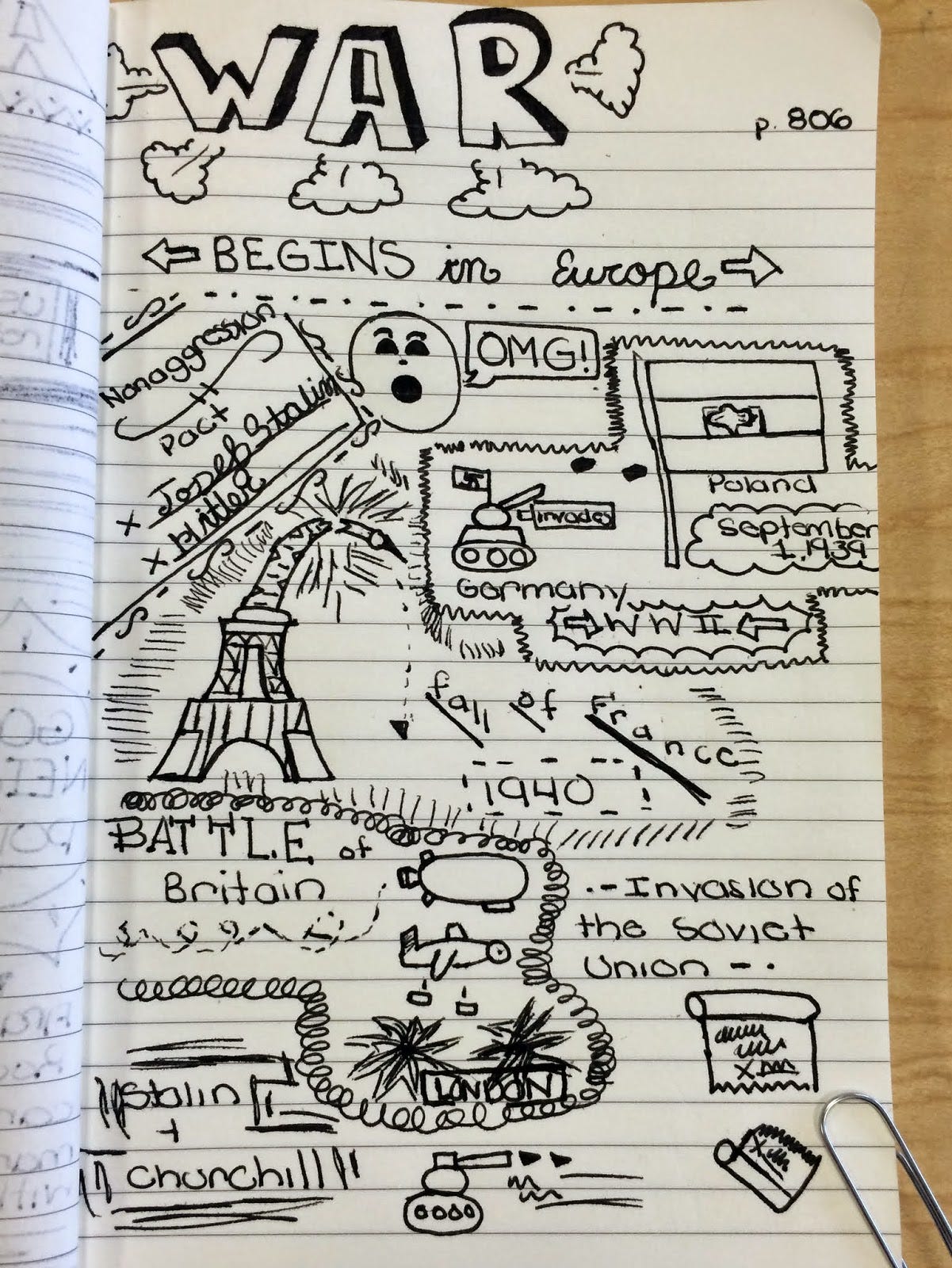
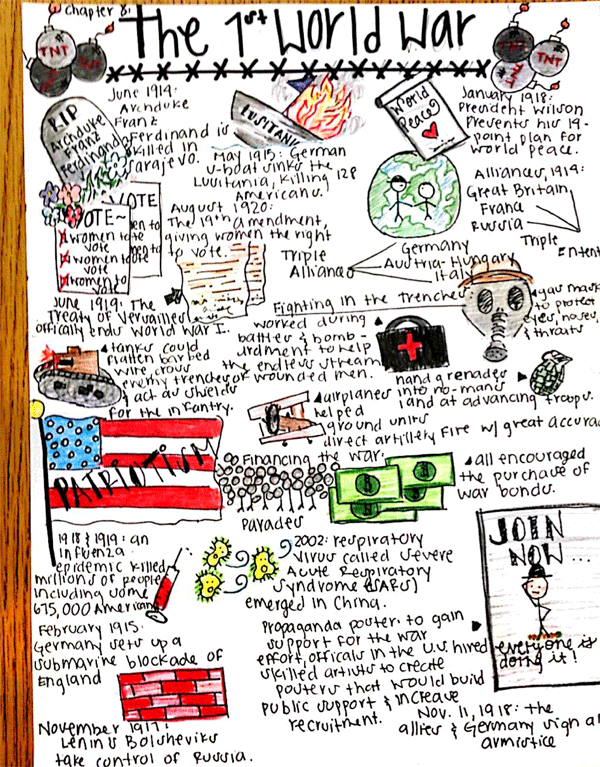
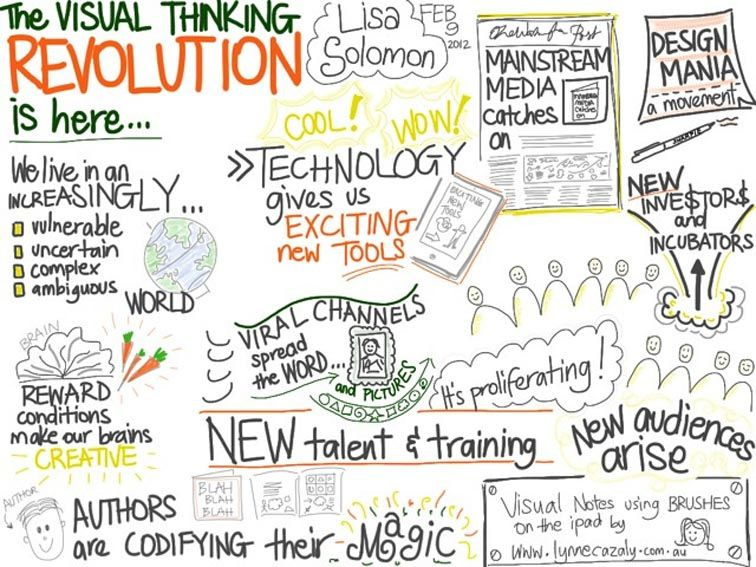
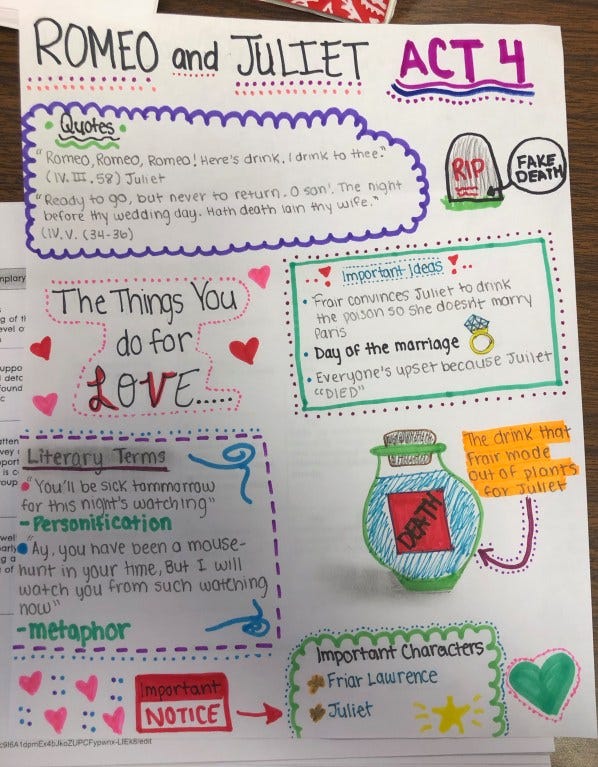
I used to get scolded in class for making doodles of my homework. Now I've made a career of it.
I introduce sketchnoting in my undergraduate and graduate info science courses, and it’s both scary and super popular! Helps people tap into different ways to think and remember